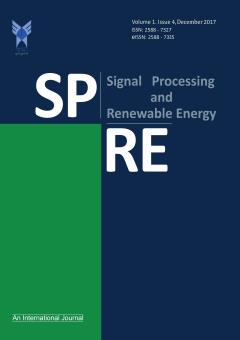-
-
List of Articles
-
Open Access Article
1 - Using the Electrocardiogram Signal to Identify and Detection Heart Diseases by Combining Time and Frequency Characteristics
Mohamad Reza Yousefi Zahra Khodadadi Amin Dehghani -
Open Access Article
2 - Miniaturized Ultra-wide Stopband Bandpass Filter for WiMAX Applications
Saeid Jafari Farzin Shama Abbas Ghadrdan Mohammad Saeed Feali Mohammad Amir Korani Mohammad Amir Sattari -
Open Access Article
3 - Robust PID Optimized Load-Frequency Controller of a Two-Area Power System Considering Systems Uncertainties
Ali Naderi Saatlo Maryam Ashoory -
Open Access Article
4 - Classification of brain tumors using GoogleNet feature set and machine learning
Mahdi Eslami SANA golmarziasasl -
Open Access Article
5 - Revolutionizing Brain MRI Analysis: Advanced Deep Learning Techniques for Cutting-Edge Classification
Mahdi Eslami Hamideh Barghamadi montather__alwan__kadem montather__alwan__kadem -
Open Access Article
6 - The Structure of Advanced Converters in Rechargeable Hybrid Electric Vehicles
Naghmeh Malekiye Mahdiyeh Eslami mehdi jafari
-
The rights to this website are owned by the Raimag Press Management System.
Copyright © 2021-2025







